 Wow … I really haven’t paid attention to how long it has been since I have blogged. I have been absolutely heads-down on two major Internet projects … my SMS/Text Messaging platform, and a new partner site – CollegeFootball.com.
Wow … I really haven’t paid attention to how long it has been since I have blogged. I have been absolutely heads-down on two major Internet projects … my SMS/Text Messaging platform, and a new partner site – CollegeFootball.com.
CollegeFootball.com has become an interesting experiment that involves a social network with news and information services. We are now evolving that platform to see what gains traction with the fan base, and what features the average College Football fan is after. Thee are, of course, the fans wanting to find out game information, standings, ratings, and othere team related information, but then there is also all of the “social” aspects of College Football that we are wanting to support and promote.
The Social Network
The site is built around a foundation of a social network and user-generated content. Anyone can come and join the site, they are then able to invite friends, search for friends, and form on-line relationships. One area that we expanded on is the relationships. Instead of just having “friends” we chose to implement multiple levels of relationships – Close Friends, Friends, Family, and Acquaintance – so that you can more precisely control who is able to see your content, and how they interact with you.
The User Content
The user contributed content is currently in the form of posts, or articles, photos, and events. We’ll soon be adding videos also. On all contributions the fan is able to specify the “visibility” or who is able to see that particular piece of content. The choices are Close Friends, Friends, Family, Acquaintance, and Public … with Public being the default. With the additional levels of relationships and the visibility flags, a fan could share posts, photos, or events with Close Friends and no one else. They could also share them with Family, which would then make them visible to Family, Friends, and Close Friends.
The other important attribute that can be assigned to any post, photo, or event are a Primary and Secondary School. This allows the fan to relate their content to schools or teams so that other fans can search and locate content related to their favorite – or not so favorite – teams. These assignments also allow the site to associate content with particular school pages, and also make it more visible to our “governing users” … which I’ll touch on later.
Posts
Posts, or articles, are like very simple blog posts. Right now we do not offer a rich-text editor (which is coming) and inserting images in posts is a manual process, but we’ll be improving this in the coming weeks.
Photos
Fans are able to create Photo Albums and then upload images to their albums. Again, the visibility features allow very fine grained control of who is able to see what photos. Within an album, individual photos can have different visibility settings allowing some photos to be seen only by Close Friends, and others by Family.
Events
With all of the activities surrounding College Football, events are a way for fans to announce tailgate parties, other pre-game events, post game celebrations, and even places where games can be watched together. As with the other content types, the visibility can be set, and the events can also be associated with a school or schools. We’ll also be adding some invite and reminder capabilities to the events.
Commenting
All of the content types on CollegeFootball.com can be commented on by registered users. The commenting system provides for two levels of commenting … comments being made directly on any piece of content, and then replies to comments. The replies are only one-level deep, meaning that you can not reply to a reply. When comments are made, the content owner is notified via e-mail, and when replies are made both the content owner, and original commenter are notified by e-mail.
As of this coming weekend we’ll be deploying a new build which will add Profile Commenting, or writing public comments on other fans profiles. We haven’t nailed down what we’ll call this feature … writing on a fan’s what? Feel free to comment below with suggestions if you have any!
From the Fans
As fans contribute content, all of the content marked as Public can then be viewed on our From the Fans page. Registered users can then also rate (Cheer!), and comment on the content. There are a number of filters that can be modified on the From the Fans page to customize the view and assist fans in finding what they are interested in. The first level is “Most Recent” or “Most Popular”. The default is Most Recent and shows the content most recently contributed on the site. The Most Popular sorts the content based on the number of Cheers (votes) that a piece of content has received. Additional sorting and filtering are by the content type, allowing for only viewing posts or photos or events, and also the timeframe of contributions.
A fan is also able to view the contributions by school or team. By making this selection they can drill down to user content that is only related to a team they are truly a fan of.
Governing Users
Also core to the design of the platform is a concept that we call Governing Users … these are “editors” or users who can be given control of “promoting” certain content to school pages that are under their control. When we grant Governing User privileges to a user we also pick the pages they have authority over. For example we might give one user authority over the University of Utah page, and another user authority over the Army and Navy pages. From then on, as they explore the site and the fans content they see a small icon that allows them to “promote” that piece of content to a public school page. The governing user, when they click that link, is presented with the list of pages they have authority over along with date selectors on when they want that content to appear and be removed from that page.
Governing Users are then able to use the From the Fans page to also look for interesting content, and promote the content that they feel would be the biggest contribution to fans of a particular school or team. It is this feature that then splits the site into two completely different “sides” of the site – the general public user contributions, and content that is deemed as being worthy of showcasing. Both sides are always visible and accessible, and then both serve different purposes.
What’s next?
There is a lot more that I could talk about … and a lot more coming … but it’s been fun so far. The one thing that we did is make the entire platform independent of the specific content. So although this is currently College Football related, we could use this same platform for any type of social network that comes along. We already have some leads on additional domain names where we might apply the platform … it’ll be fun to see how it goes.
Please go and check out the site … use the Feedback button on each page to give us feedback (being nice of course, and understanding that we built this – from scratch – in 8 weeks!) … I really want to hear from fans what they like, what they don’t, and what needs to be added!

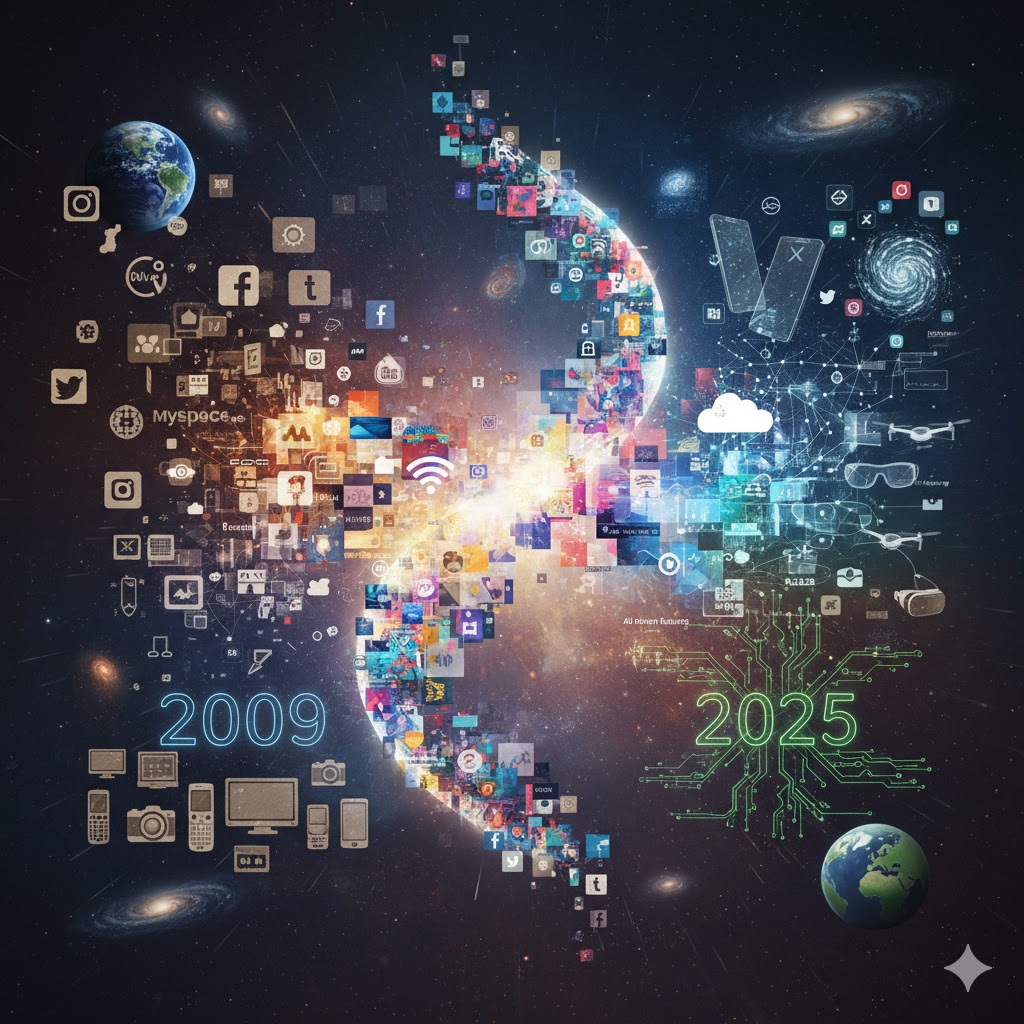
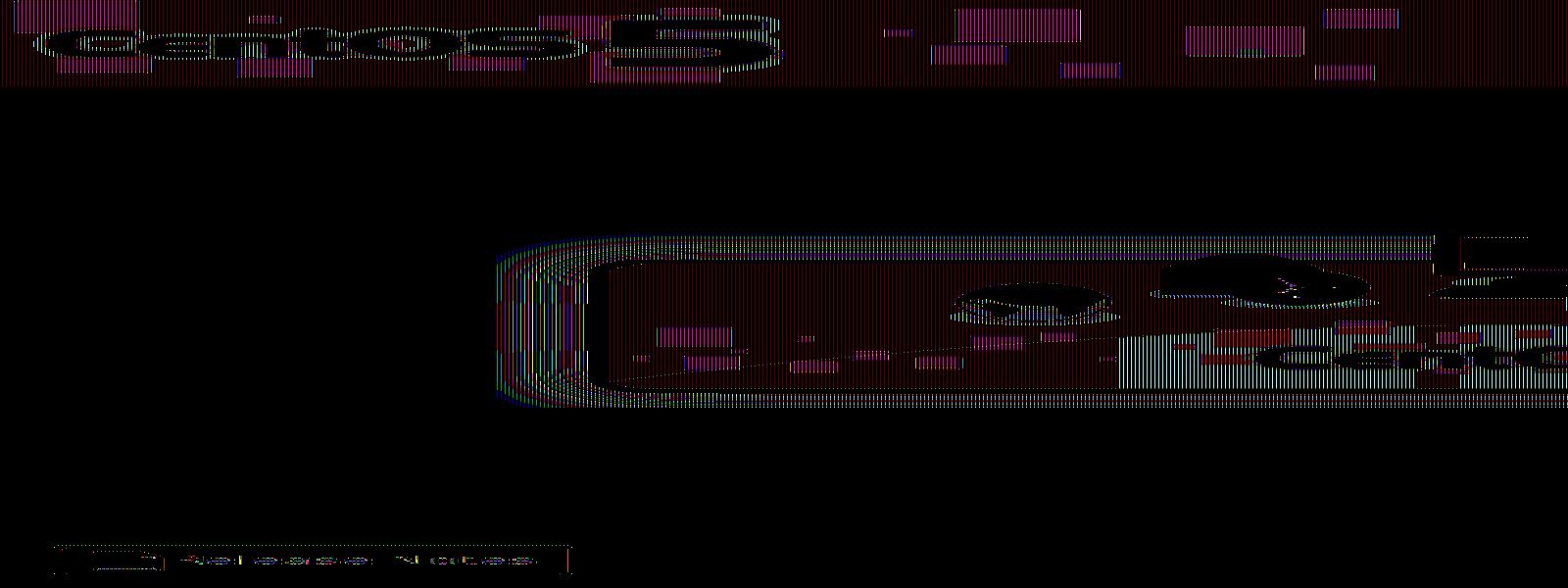
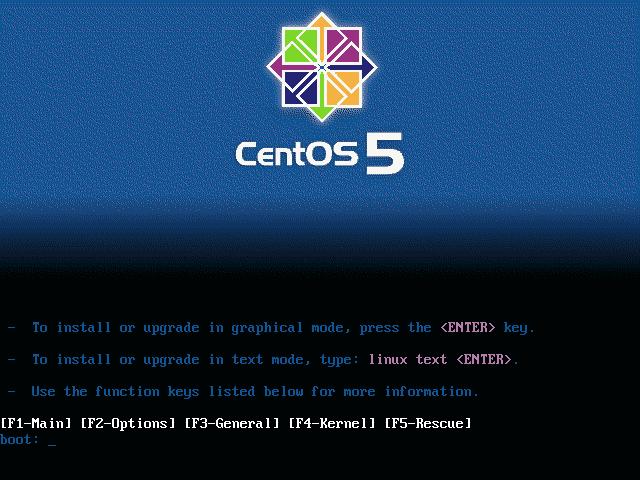
 I happened to catch this article today while reading on the net. To me, this is truly impressive in two core ways:
I happened to catch this article today while reading on the net. To me, this is truly impressive in two core ways: Last week I found the
Last week I found the 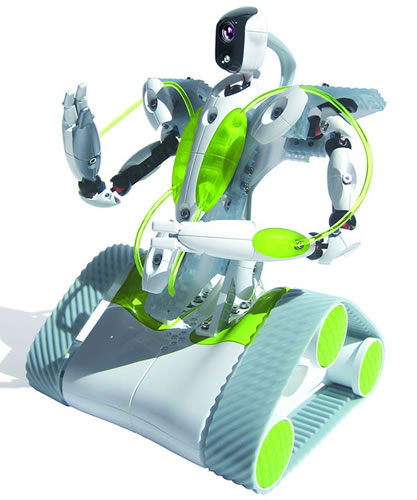 Yesterday on my way home from Oakland, California I was flying on Southwest Airlines and found yet another iteration of the commodity telepresence robot … and this one is also very impressive. It’s being promoted as a “toy” byt Erector … yes, the folks that used to make Erector Sets. Erector has since been bought by Nikko, an innovative manufacturer of electronic toys … which are growing rapidly in capabilities. The
Yesterday on my way home from Oakland, California I was flying on Southwest Airlines and found yet another iteration of the commodity telepresence robot … and this one is also very impressive. It’s being promoted as a “toy” byt Erector … yes, the folks that used to make Erector Sets. Erector has since been bought by Nikko, an innovative manufacturer of electronic toys … which are growing rapidly in capabilities. The  While investigating the Spykee, of course I came across the
While investigating the Spykee, of course I came across the  HUD Homes
HUD Homes
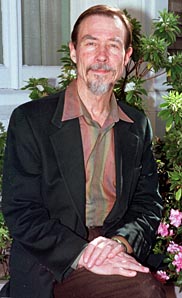 The wrap up of the Gilder Telecosm conference is always one of my favorite presentations. For the last number of years, it has always been
The wrap up of the Gilder Telecosm conference is always one of my favorite presentations. For the last number of years, it has always been